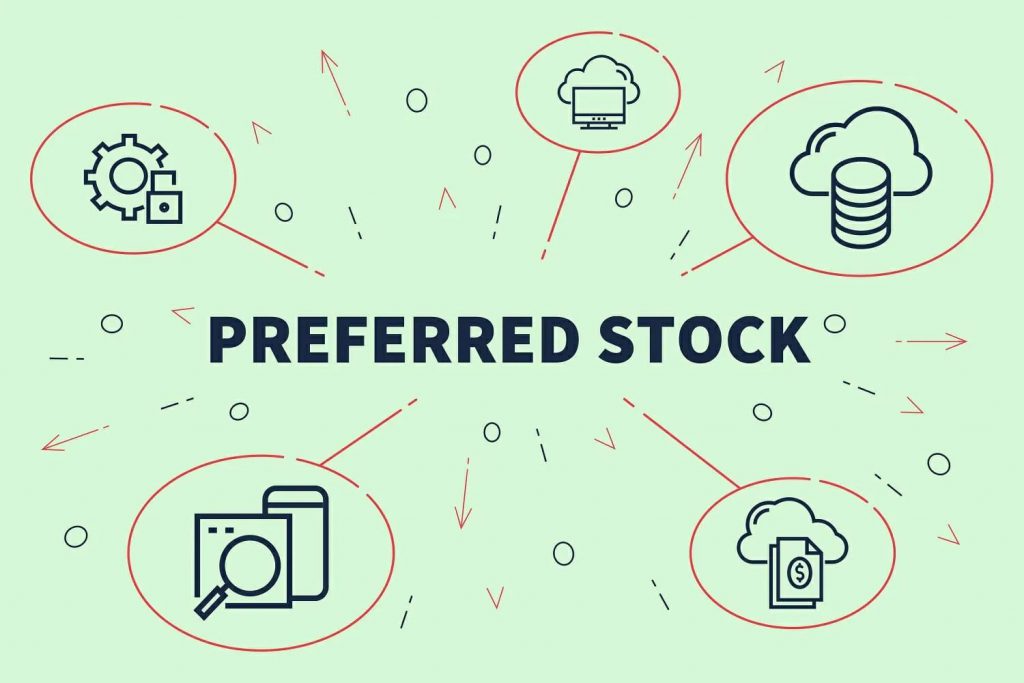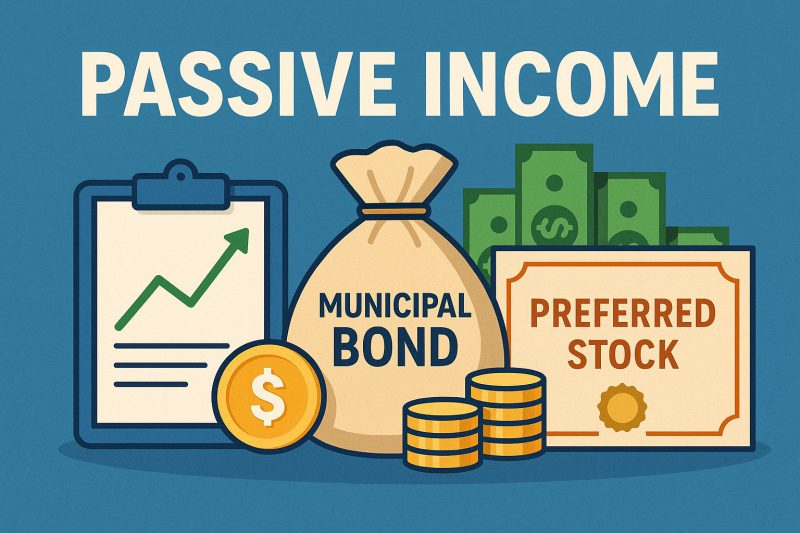Passive income strategies have become incredibly popular right now as more and more people are looking for ways to earn extra money without constantly working. At the time of writing, there seem to be countless opportunities for generating passive income in 2025, but dividend-paying stocks, municipal bond closed-end funds, and preferred stocks currently stand out as particularly effective options for investors who want to diversify their income streams.
Also Read: Eric Trump Says Crypto Will Replace SWIFT: 3 Coins That Can Make It Happen
Top 3 Strategies for Earning Through Dividend Stocks, Municipal Bonds, and Preferred Stocks in 2025
1. Dividend-Paying Stocks: The Reliable Income Generator


Dividend-paying stocks offer a straightforward yet effective approach for investors who are seeking regular passive income payments. These investments typically yield between 2% and 7% annually, and they also come with the added benefit of potential share price appreciation over time, which can further enhance your portfolio.
The income from dividend stocks usually arrives in the form of quarterly payments that many established companies try to maintain or even increase year after year. Investors can either choose to pick individual stocks or maybe opt for dividend-focused ETFs that are managed by experienced fund managers who specialize in finding the best passive income opportunities.
Marguerita Cheng, CEO of Blue Ocean Global Wealth and one of Investopedia’s top financial advisors, had this to say:
“I think there are more prospects than ever for people to create passive income—from creating courses to writing e-books to affiliate marketing and everything in between.”
While dividend-paying stocks certainly provide good liquidity and flexibility for passive income seekers, they also come with certain market volatility risks that cannot be ignored. The income stream can be affected during economic downturns if companies are forced to reduce their dividend payments to preserve cash.
Also Read: Charles Schwab on the U.S. Dollar’s 7.3% Slide and What’s Ahead
2. Municipal Bond Closed-End Funds: Tax-Advantaged Income


Municipal bond closed-end funds represent another really effective passive income strategy, particularly for investors who find themselves in higher tax brackets. These funds typically invest in bonds that various states and municipalities issue while using leverage to try and enhance returns for passive income investors.
The passive income generated through these investments is usually exempt from federal taxes, which makes them especially attractive for investors who want to maximize their after-tax passive income. The funds generally hold diverse collections of bonds, thereby spreading risk across multiple municipalities and enhancing the stability of the income stream.
These passive income vehicles trade on exchanges just like stocks do, but their prices can sometimes fluctuate significantly due to changes in interest rates and other market factors. The leverage used by fund managers can amplify both the potential returns and also the risks associated with this particular passive income strategy.
3. Preferred Stocks: Higher Yields With Bond-Like Features


Preferred stocks often deliver higher passive income than many alternatives, functioning somewhat similarly to bonds while technically still being equity investments. These securities typically pay fixed dividends on a quarterly schedule, thus creating predictable income streams that many investors find appealing.
Various financial institutions, REITs, and banks commonly issue preferred stocks as a way to raise capital. The income potential here is quite attractive, often exceeding what the same company’s bonds might offer, though usually without the same capital appreciation potential that common stocks might provide over time.
Like other passive income investments, preferred stocks definitely have their own set of risks. Their prices typically tend to decline when interest rates rise, and also the issuer’s financial stability directly impacts the security and sustainability of the passive income payments over the long term.
Also Read: Solana vs Litecoin: 5% Drop for SOL & LTC Eyes $200 Resistance
For investors who are actively seeking passive income opportunities in 2025, these three strategies offer viable and practical pathways to generate returns without requiring continuous active involvement. Each approach carries its own specific advantages and considerations, making them suitable for different investor profiles and various financial goals related to passive income generation.





